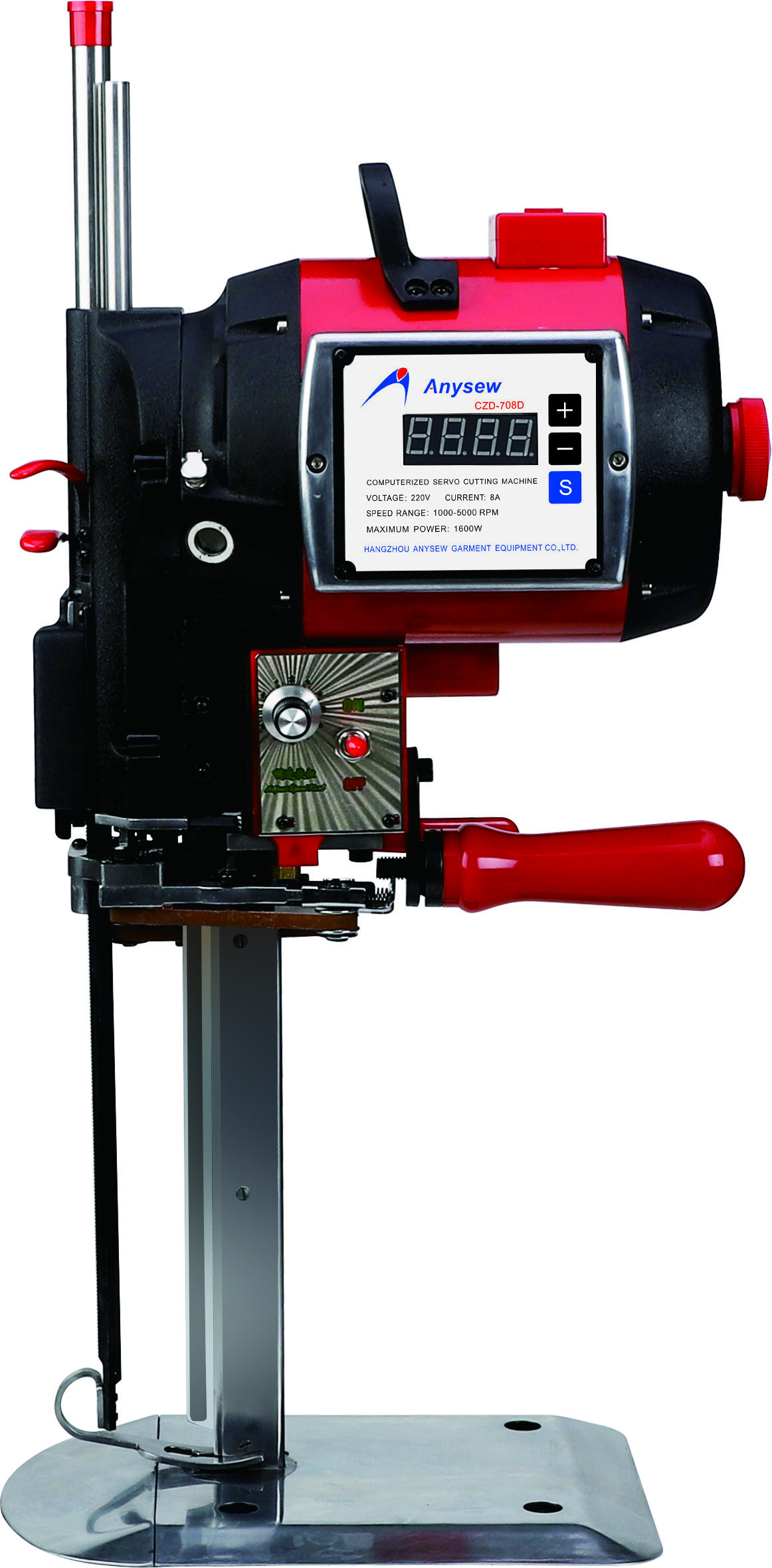Choosing the Most Efficient Cutting Machines for Fabric in Textile Businesses
Textile companies and fabric producers need to pick the right cutting equipment if they want better results from their operations. Good quality cutting machines cut down on wasted materials, give more precise cuts, and generally keep production moving faster than older models. When fabrics are being processed through these modern systems, there's less trimming needed later which saves time and money. The following sections take a look at several cutting machine options currently available in the market today. We'll break down which machines work best for different fabrics and situations so that factory managers can actually compare specs and features when shopping around for new equipment.
Types of Cutting Machines for Fabric
Cutting machines come in all sorts of shapes and sizes, really depending on what kind of fabric work needs doing. For smaller shops working with fine materials, manual rotary cutters still hold their own when it comes to getting those precise cuts right. When things get serious though, automated laser cutters take center stage. These bad boys can handle intricate designs at lightning speeds, making them perfect for large orders where time matters. And let's not forget about blade cutters with computer controls either. They're pretty amazing actually, especially when dealing with multiple layers of fabric stacked together. The computer guidance makes sure every cut is consistent across all those layers, which saves headaches later on during assembly.
Factors Affecting Cutting Efficiency
When looking at cutting machines for fabrics, three main factors stand out: how fast they cut, their accuracy level, and whether they can be relied on day after day. Faster machines definitely boost production numbers, but if they sacrifice precision, delicate materials like silk or technical textiles often end up damaged during processing. The software side matters too. Machines that integrate well with design programs make it much easier to tackle intricate patterns or run hundreds of identical cuts without errors creeping in. For manufacturers thinking ahead, investing in machinery built to last makes all the difference. Look for steel frames instead of flimsy aluminum ones, and check if spare parts are readily available locally. These practical considerations ensure operations stay efficient over years rather than months.
Matching Cutting Machines to Fabric Types
Fabrics behave differently when it comes to cutting techniques. Take those delicate or stretchy materials for instance they need special handling to avoid fraying edges or messing up their shape. That's why many manufacturers turn to ultrasonic cutters or lasers for these tricky fabrics. On the flip side, thicker materials like denim or leather work better with traditional blades or knives that can slice through several layers at once while keeping the edges clean. Knowing what kind of material we're dealing with makes all the difference in picking the right equipment for the job. A little knowledge about fabric characteristics goes a long way toward getting clean cuts every time.
Maximizing Productivity Through Advanced Cutting Technologies
Efficient cutting machines can significantly streamline the fabric production process, enabling faster turnaround and cost savings.
Automation and Computerized Control Systems
Modern cutting machines for fabric often feature computerized control, which automates pattern recognition and cutting paths. This technology reduces manual intervention and errors, allowing for consistent and repeatable cuts. Automation also facilitates integration with design software, enabling quick adaptation to new patterns or product lines.
Multi-layer Fabric Cutting Capabilities
Some cutting machines are designed to cut multiple fabric layers simultaneously, greatly increasing productivity. These machines maintain cutting accuracy across all layers, reducing fabric waste and production time. Businesses with high-volume orders benefit most from multi-layer cutting technologies.
Maintenance and Operational Considerations
Selecting cutting machines with low maintenance requirements and user-friendly interfaces enhances operational efficiency. Features such as easy blade replacement, automated calibration, and diagnostics reduce downtime. Training operators to handle the equipment proficiently also contributes to maximizing machine utilization.

Cost-Benefit Analysis When Investing in Fabric Cutting Machines
Investment decisions regarding cutting machines should balance upfront costs against long-term operational benefits.
Initial Purchase Costs versus Long-Term Savings
While automated cutting machines for fabric typically have higher initial costs than manual alternatives, they often result in savings through reduced labor, material waste, and production time. Small and medium businesses must weigh these factors carefully according to their production scale.
Leasing and Financing Options
Financing solutions enable businesses to acquire advanced cutting machines without significant upfront capital outlay. Leasing agreements sometimes include maintenance and upgrade packages, adding value and reducing financial risks.
Consideration of Machine Lifespan and Resale Value
Durability and brand reputation influence machine lifespan and potential resale value. Investing in reliable cutting machines with solid after-sales support ensures sustainable operation and easier asset management.
Best Practices for Integrating Cutting Machines into Production Lines
Successful adoption of cutting machines requires thoughtful integration with existing workflows and staff training.
Workflow Analysis and Machine Placement
Assessing production workflows helps determine optimal placement and configuration of cutting machines. Proper integration minimizes material handling time and improves overall efficiency.
Staff Training and Skill Development
Training operators in machine operation, maintenance, and safety ensures effective use and reduces errors. Continuous learning opportunities keep staff updated on technological advancements.
Leveraging Manufacturer Support and Resources
Utilizing training materials, technical support, and software updates from machine manufacturers ensures machines operate at peak performance. Engaging with user communities also offers practical insights.
FAQ
What types of cutting machines are best for delicate fabrics?
Laser cutting and ultrasonic cutting machines are ideal because they reduce fraying and distortion during the cutting process.
Can cutting machines handle multiple fabric layers at once?
Yes, many modern cutting machines can accurately cut several layers simultaneously, significantly improving production speed.
How important is software compatibility in fabric cutting machines?
Software compatibility is crucial for precise pattern cutting and efficient workflow integration, allowing seamless design-to-production transitions.
Are automated cutting machines worth the investment for small businesses?
While the initial cost is higher, automated machines reduce labor costs and improve accuracy, often leading to long-term savings and increased capacity.

